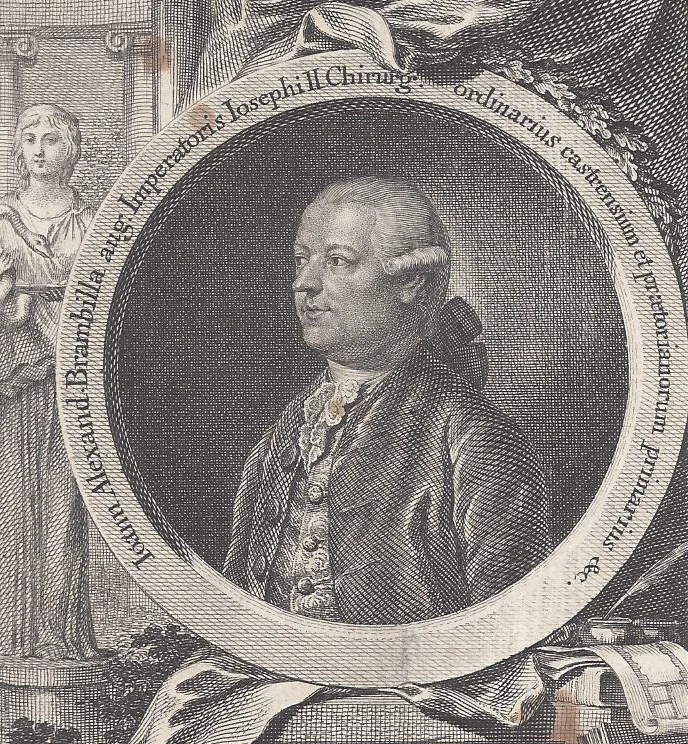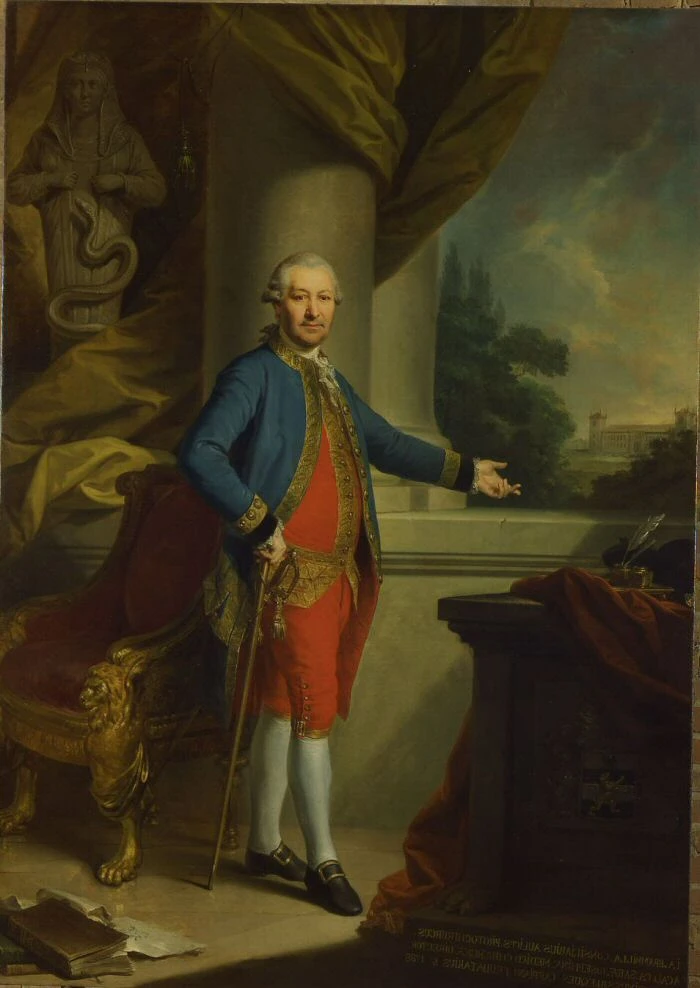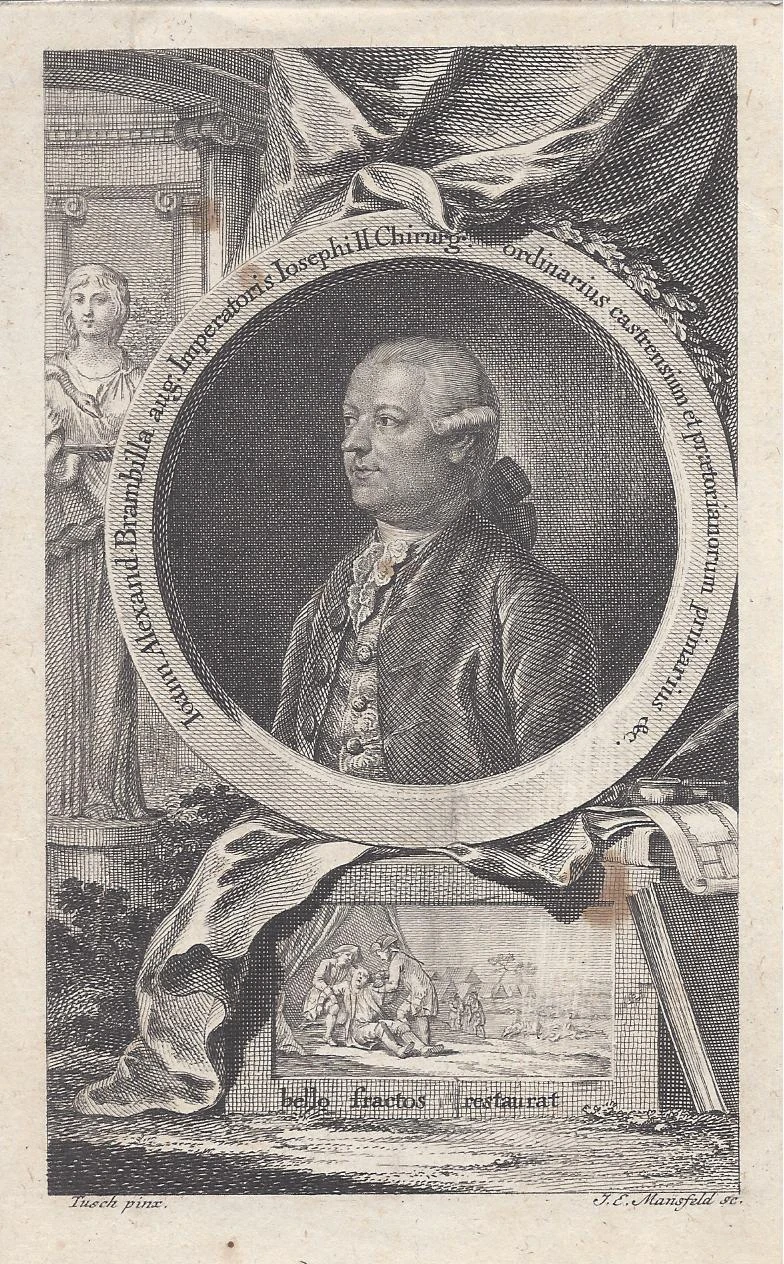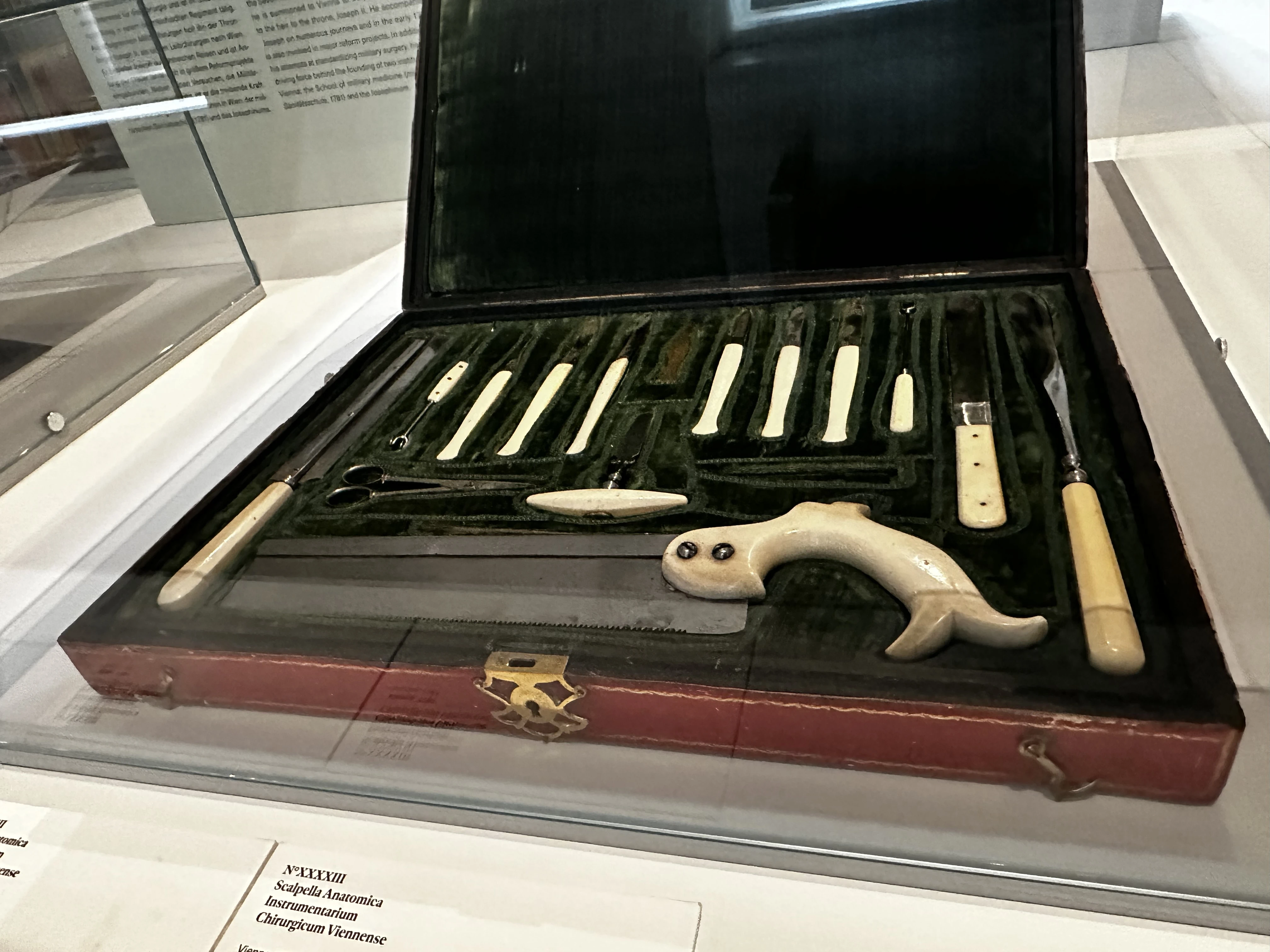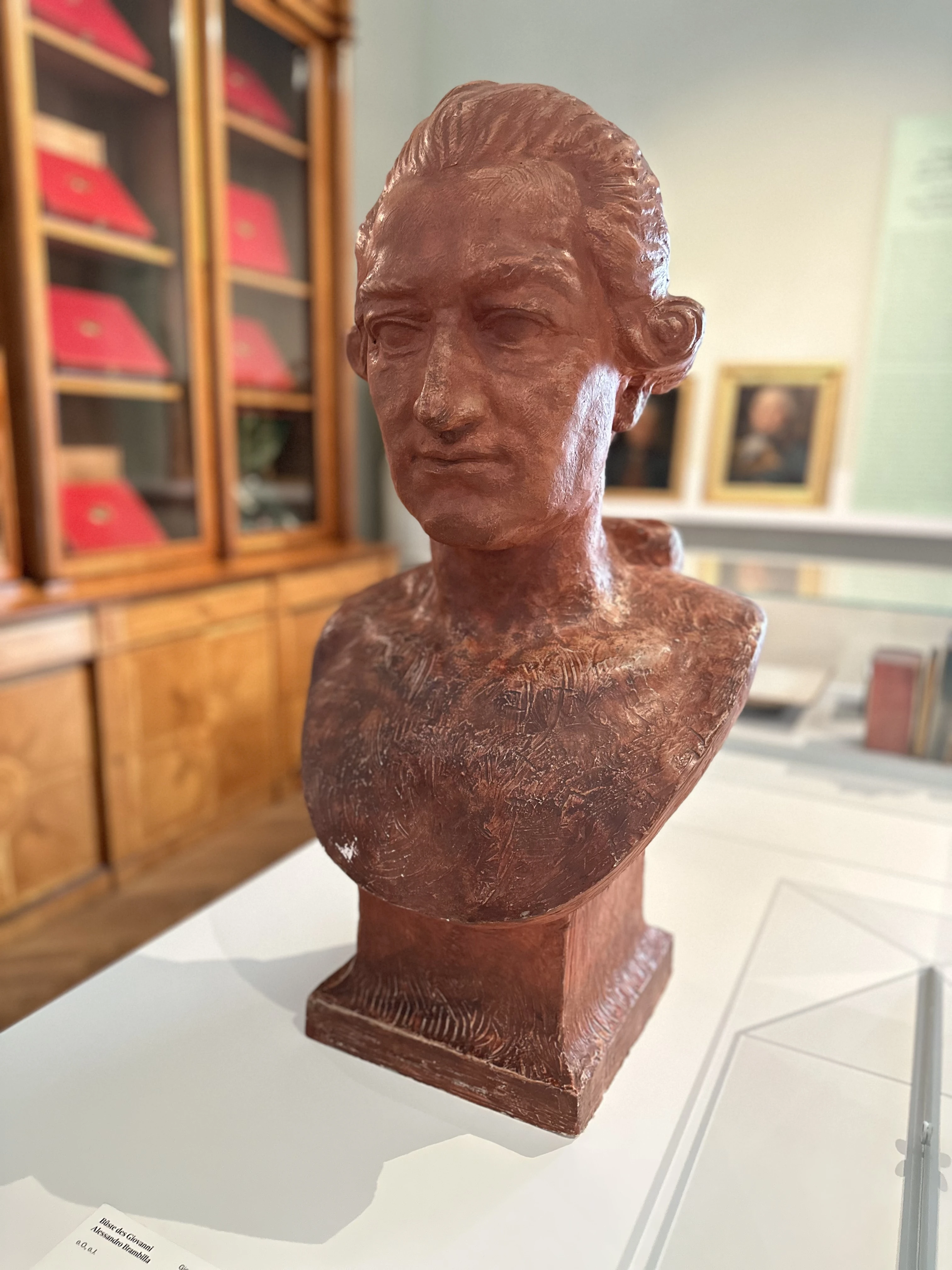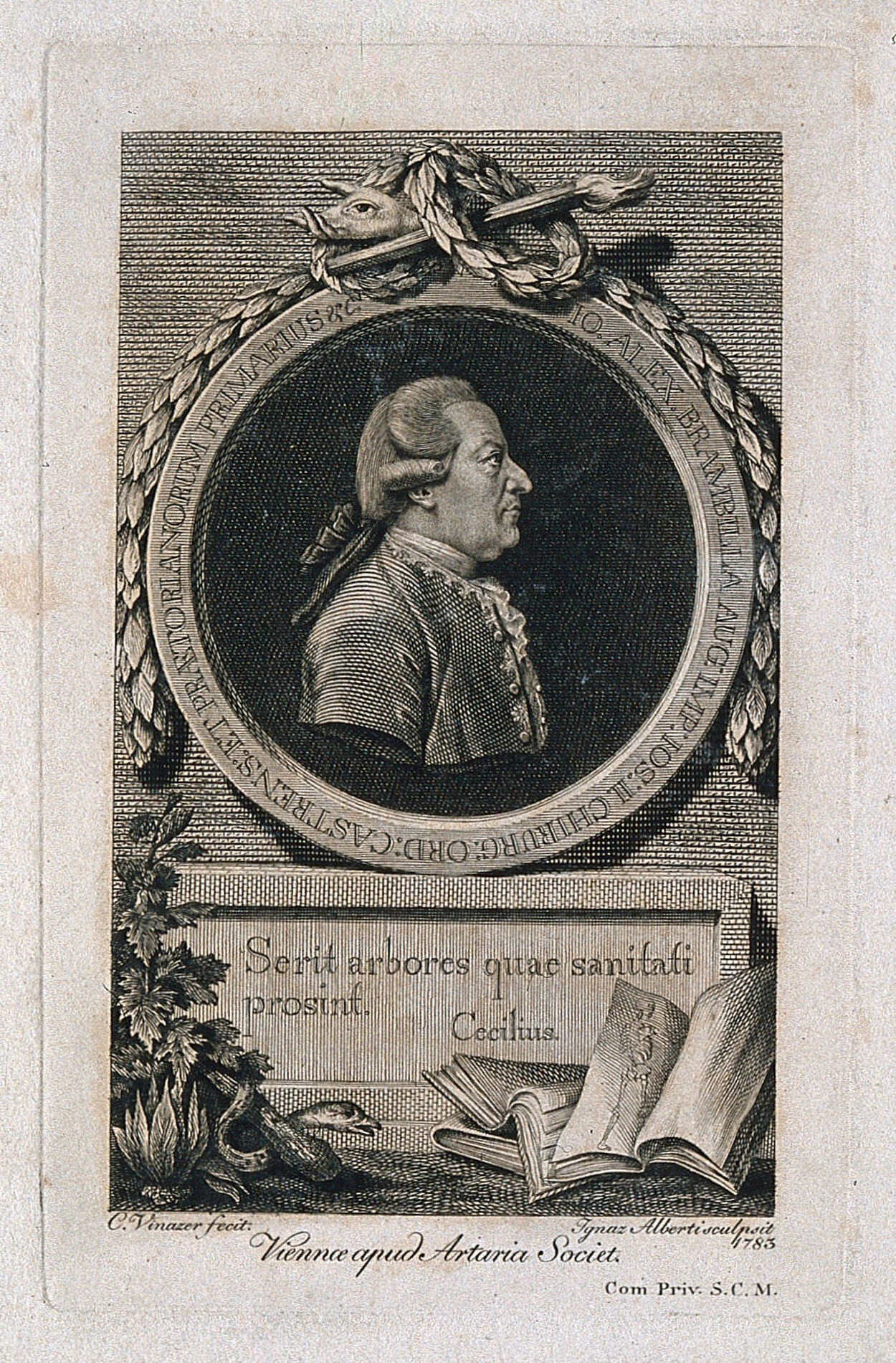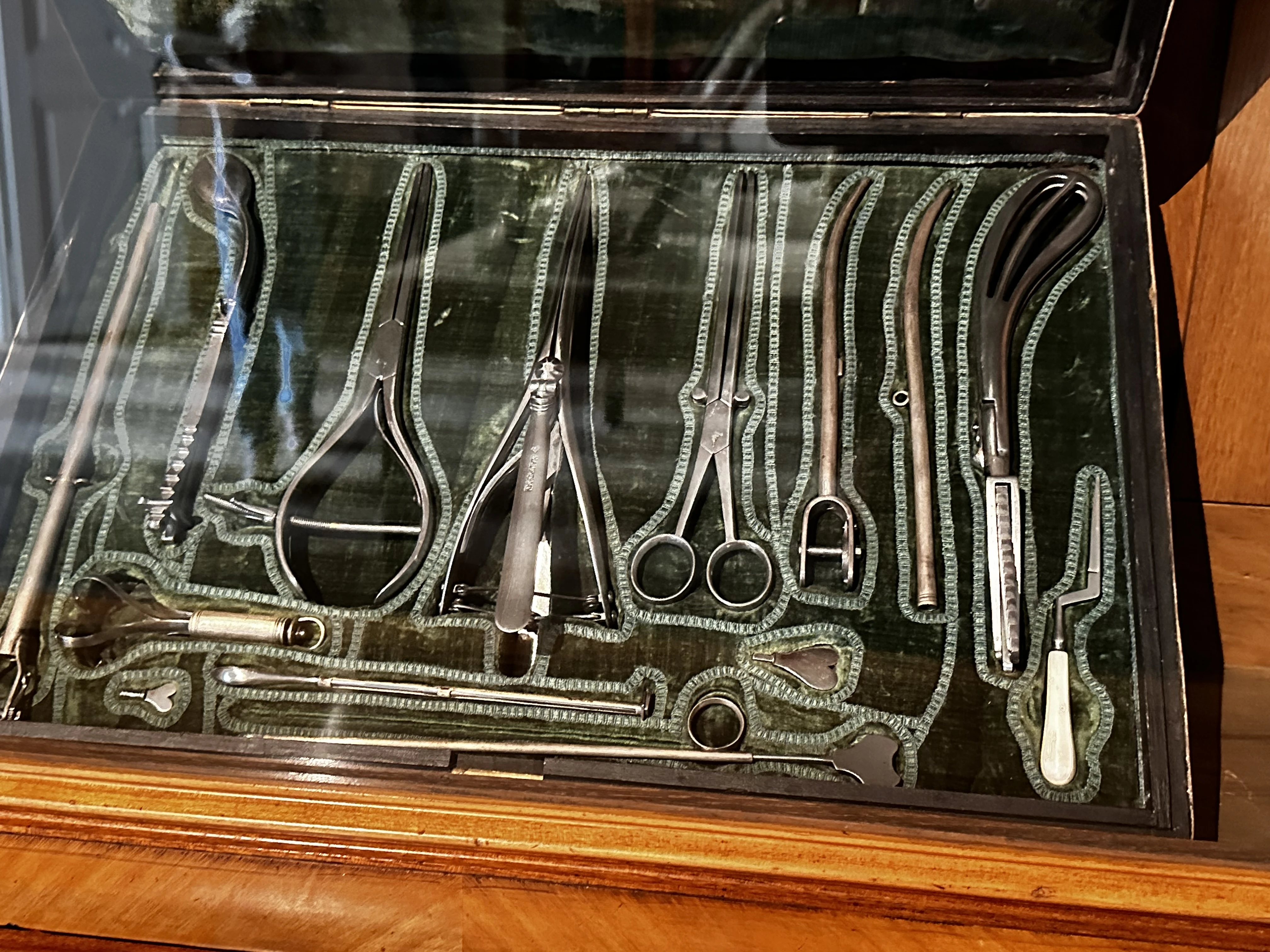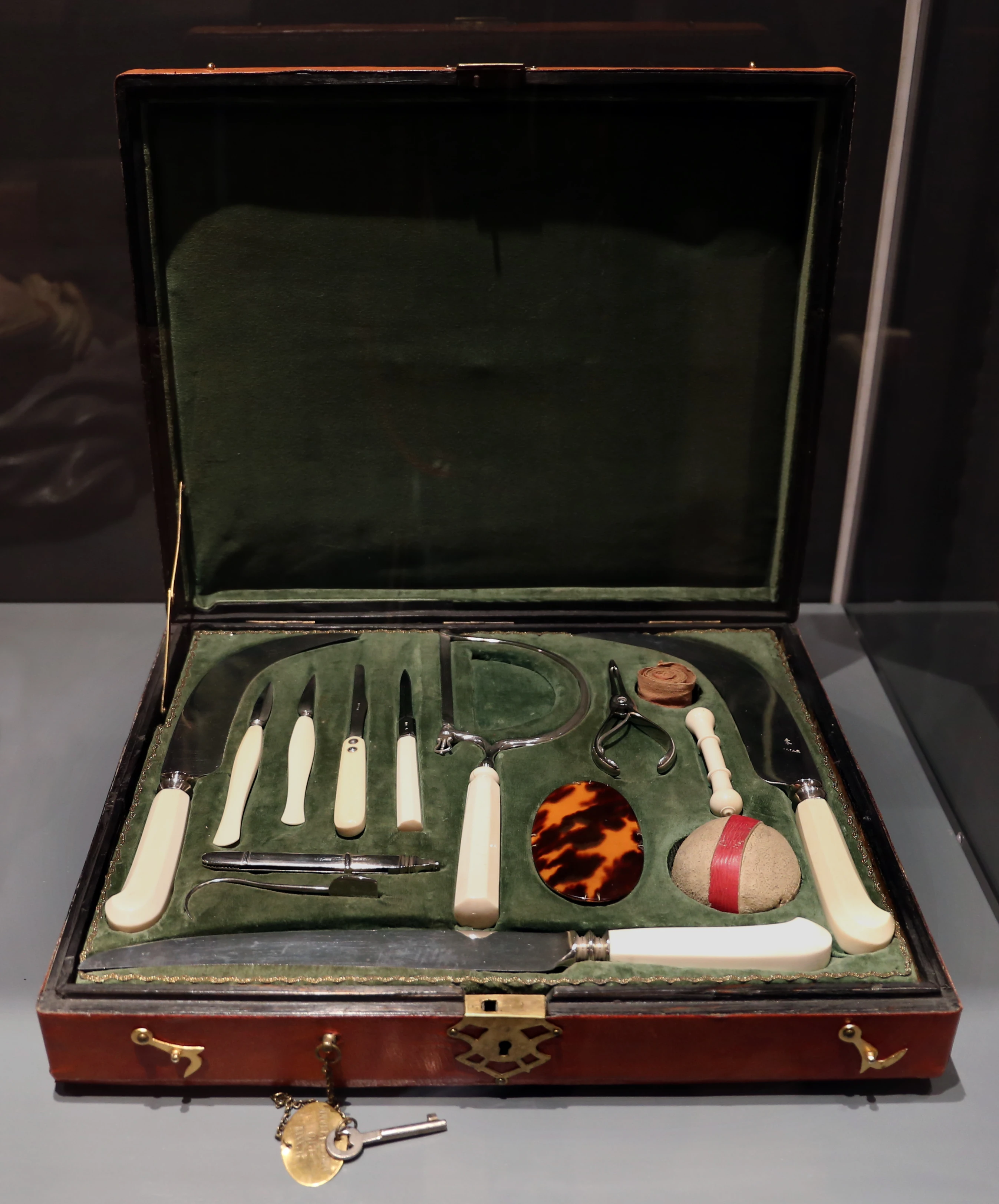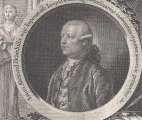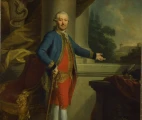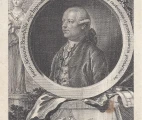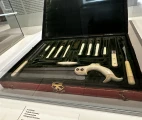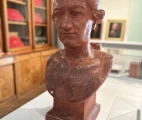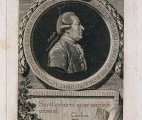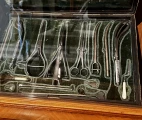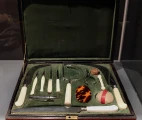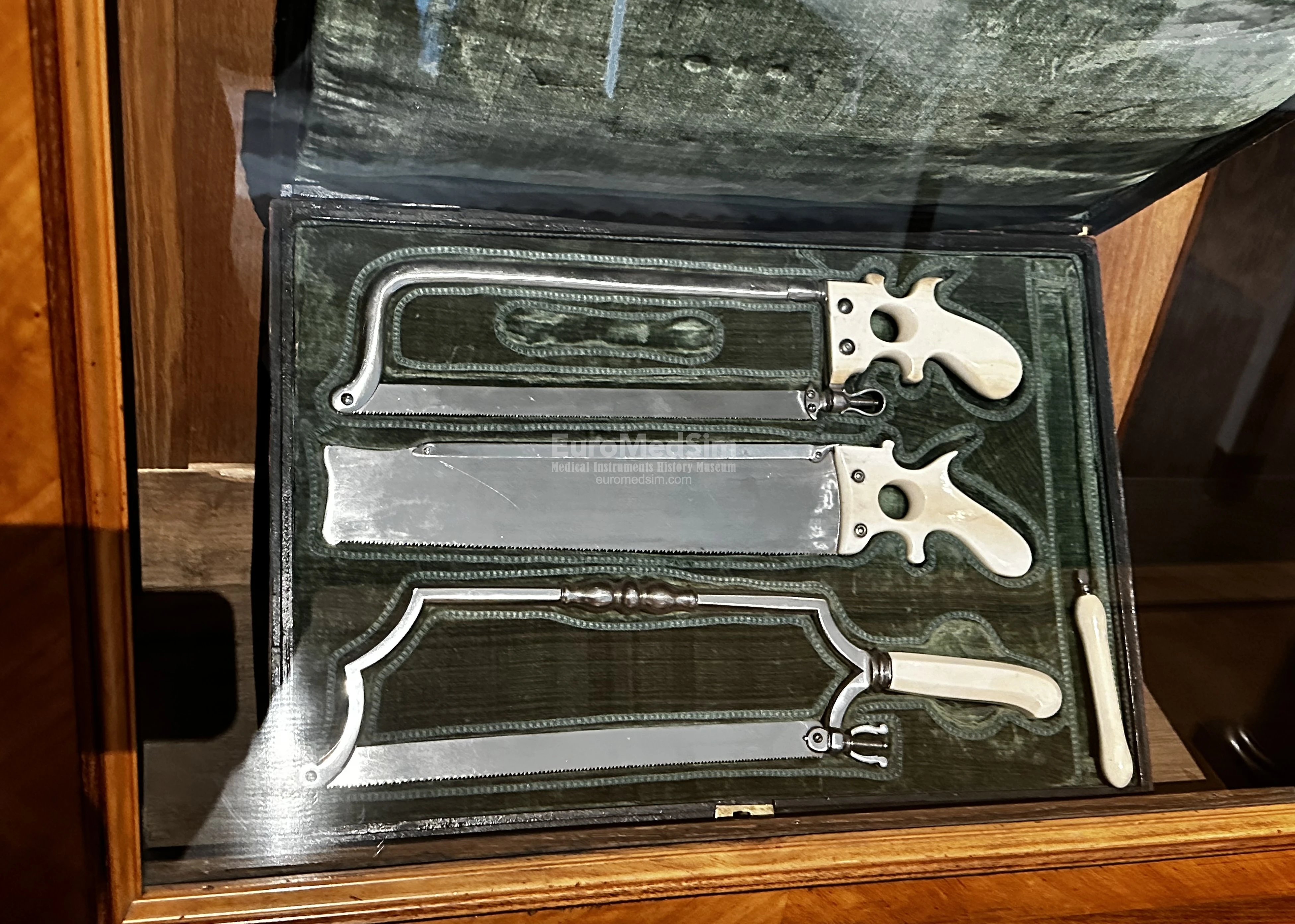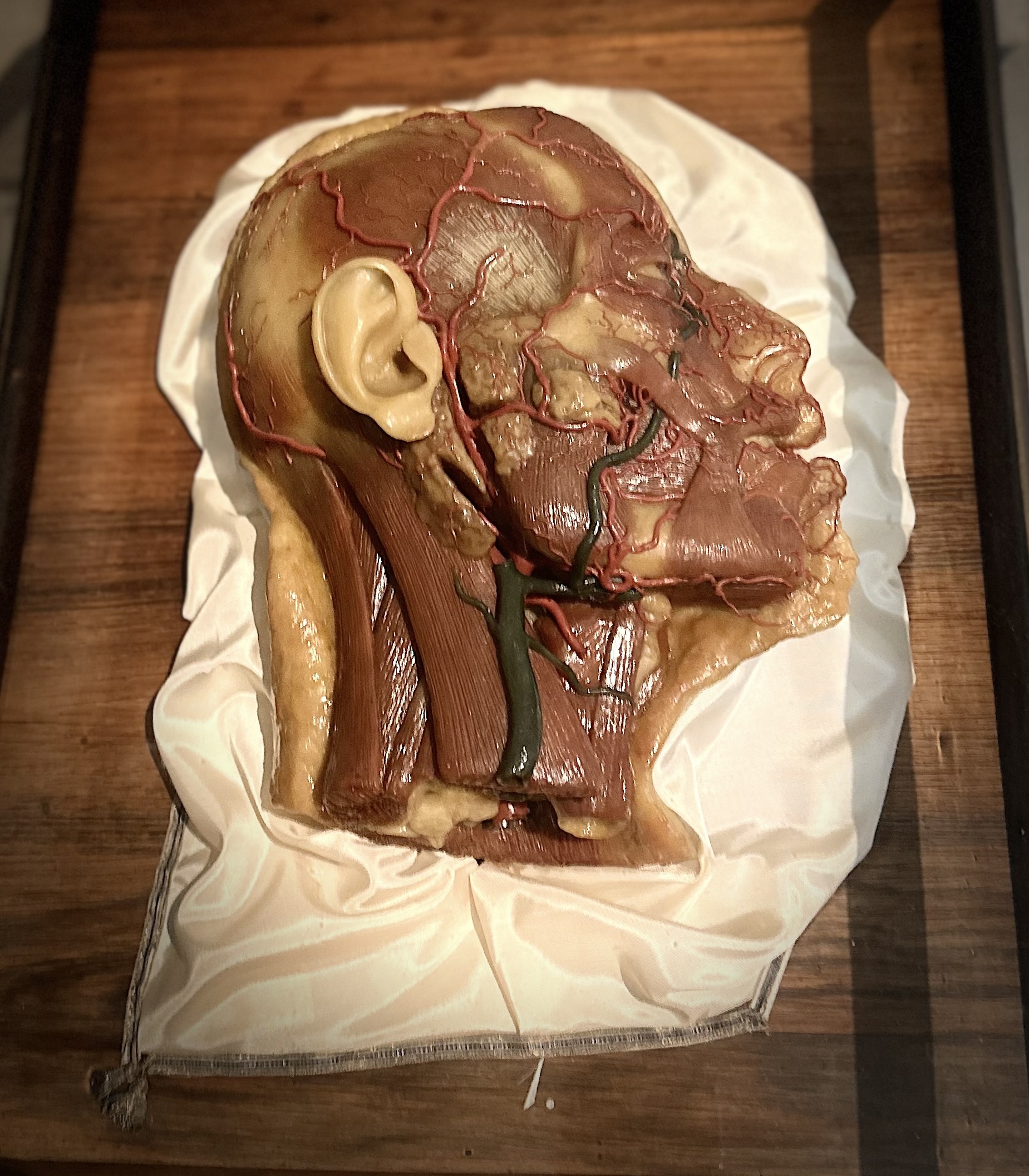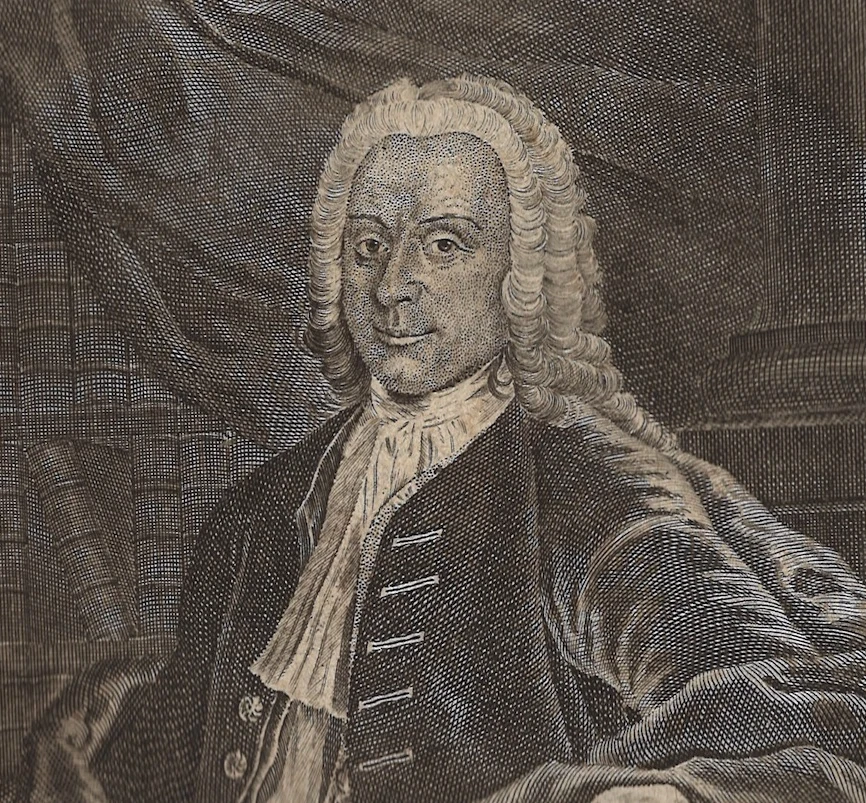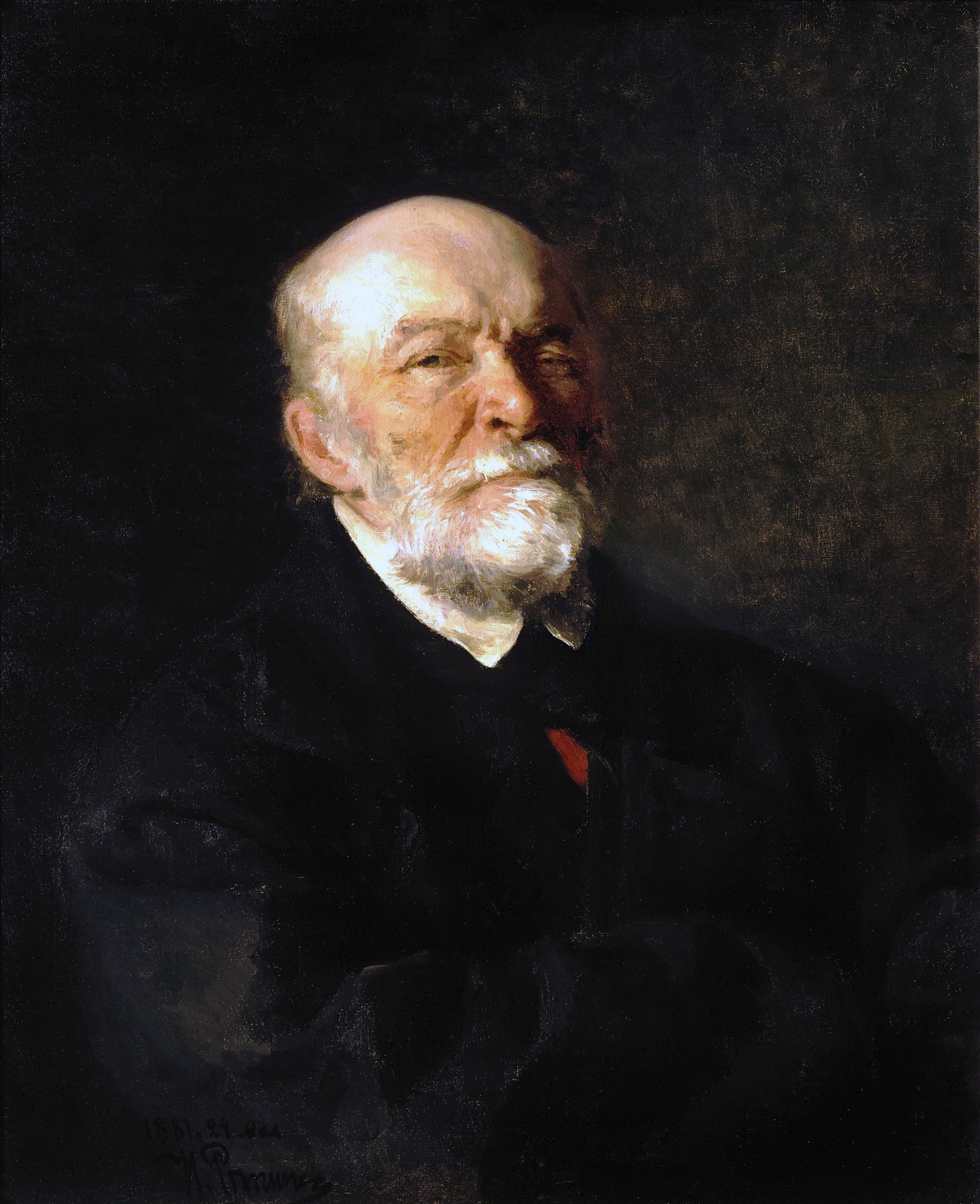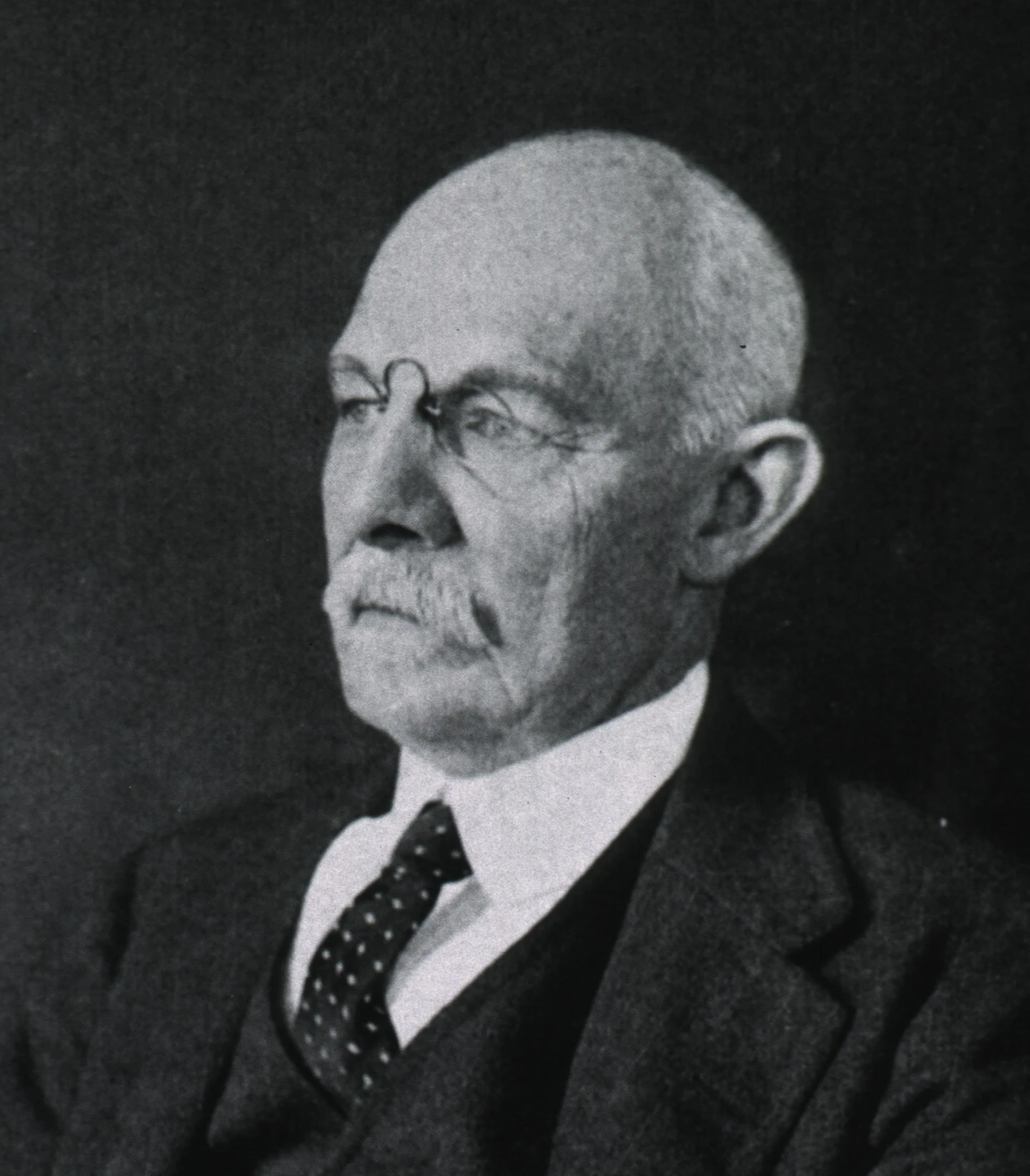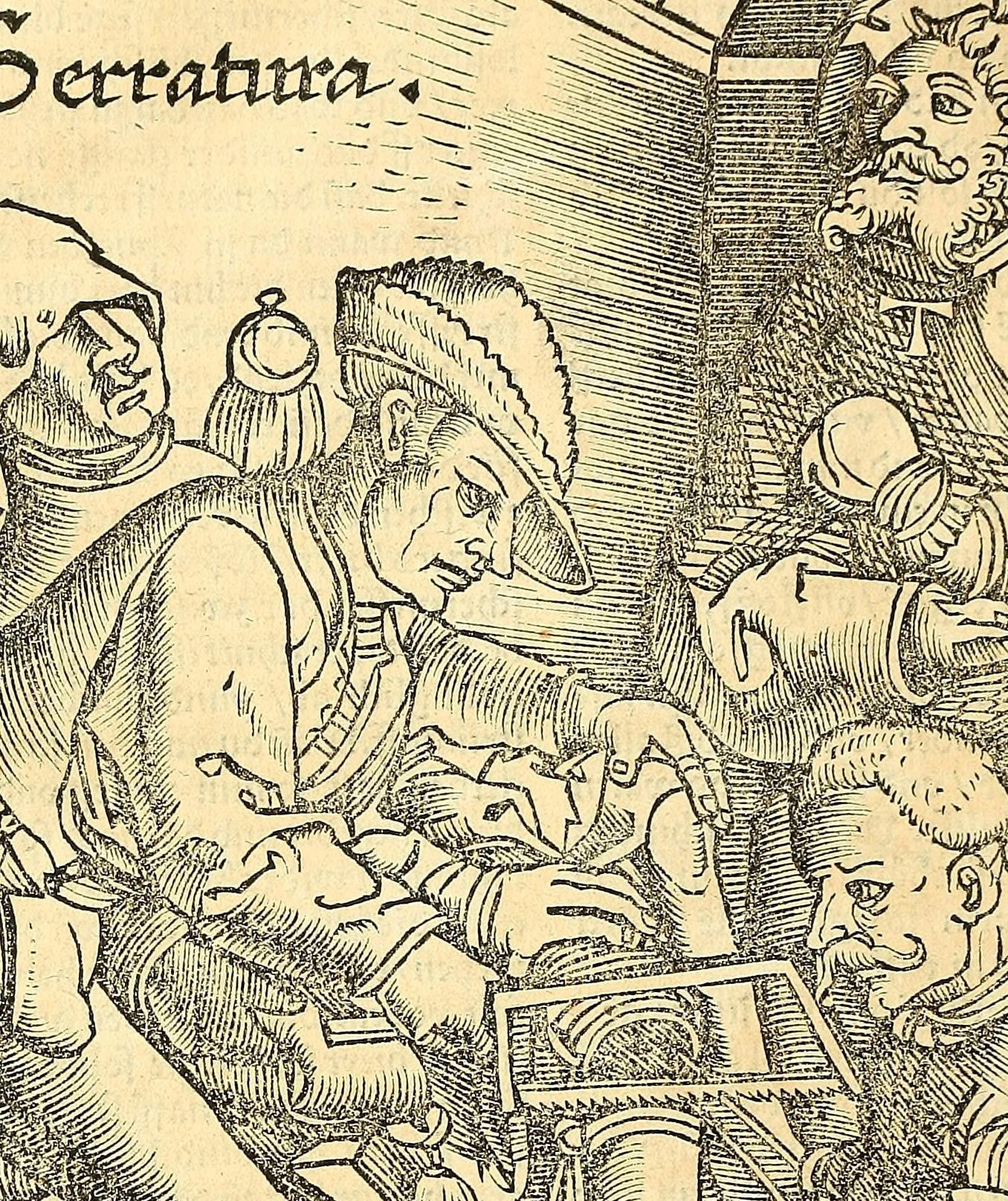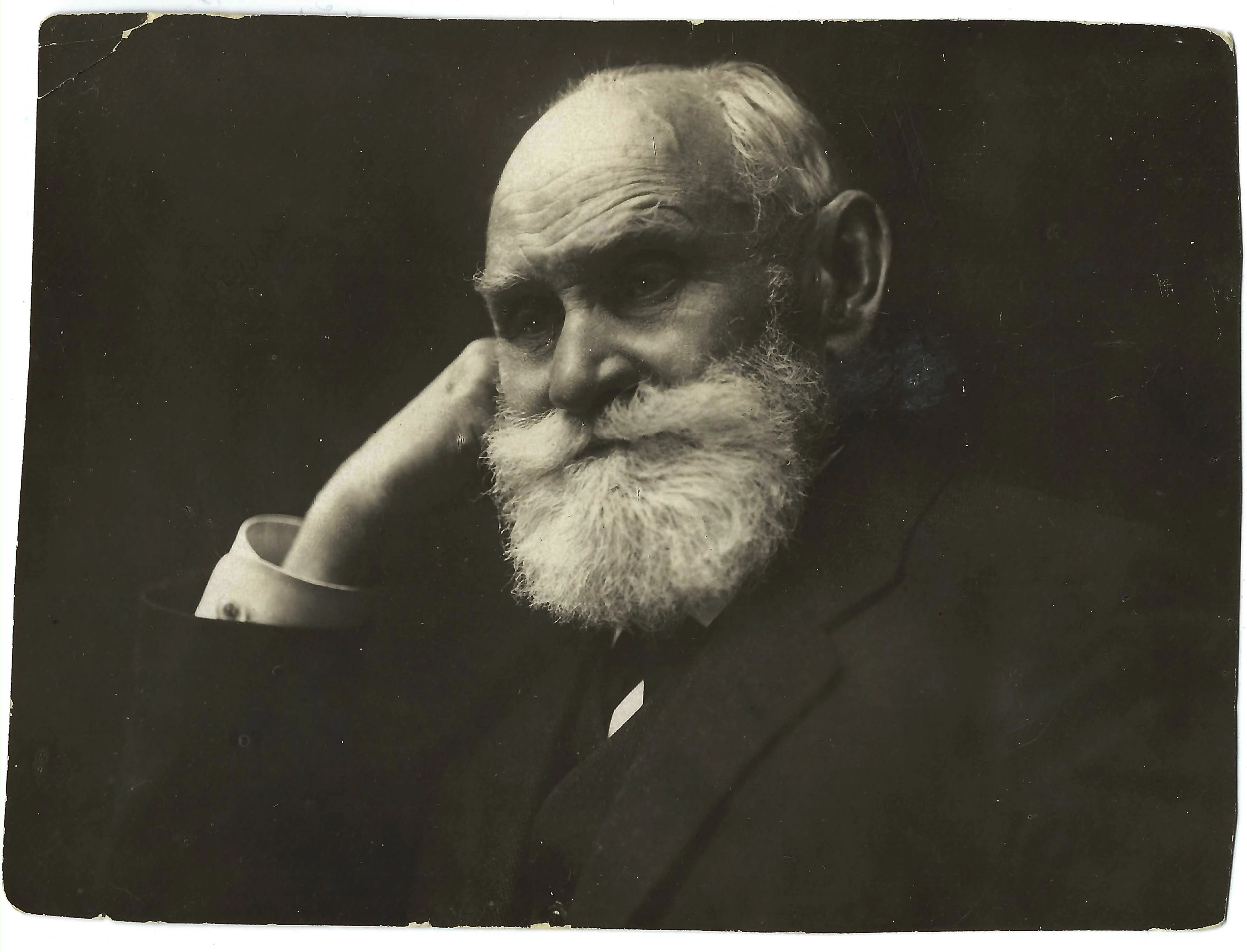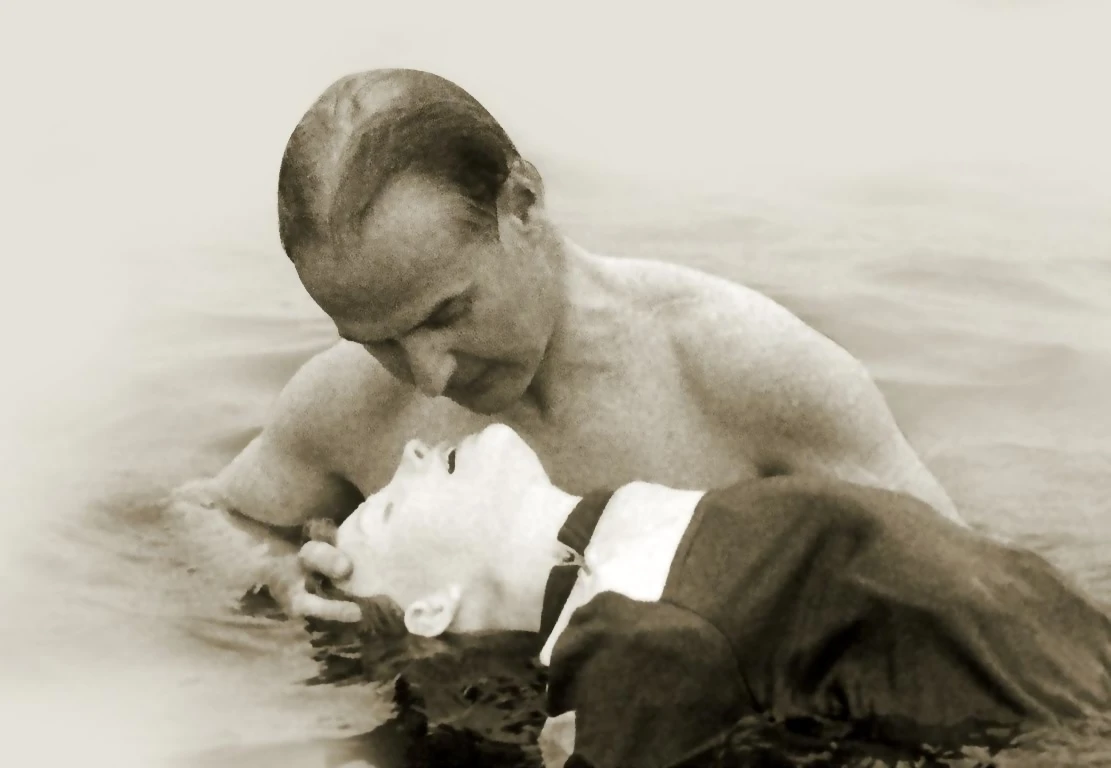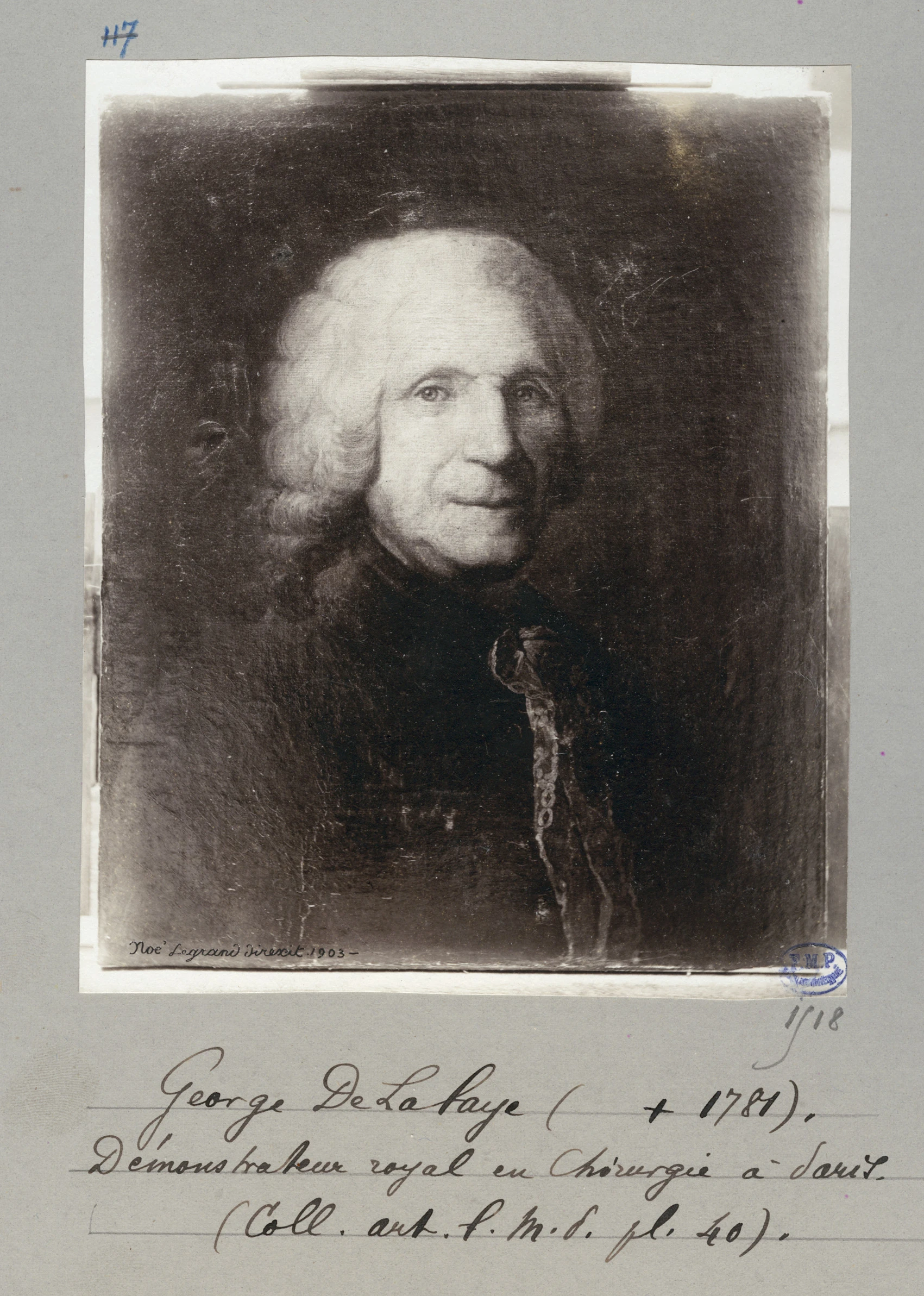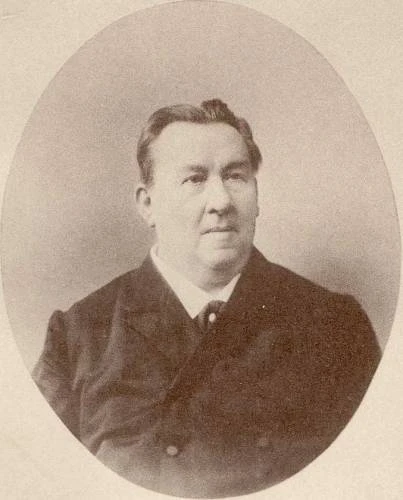Brambilla, Giovanni Alessandro
Giovanni Alessandro Brambilla, Baron di Carpiano (San Zenone al Po, April 15, 1728 – Padua, July 30, 1800), was a great Italian and Austrian surgeon, Court Surgeon of the Emperor Joseph II, founder and the first director of the Military Medicine-Surgical Academy Josephinum, Vienna, Austria.
Early Life and Education
Born into a noble Lombard family, Brambilla's early education was supervised by a local priest. From 1747 to 1752, he studied medicine at the University of Pavia and after graduation, he began his career as a physician at the San Matteo Hospital. After the War of Spanish Succession (Treaty of Utrecht, 1713) the Austrian Habsburgs dynasty gained significant Italian territories, including Lombardy, so it was not unusual that Brambilla joined the Imperial Infantry Regiment Nr. 22 (under the commando of Jakob Ignaz von Hagenbach) in 1752 and later, during the Seven Years' War in the regiment Nr. 49 under the command of Field Marshal Franz Moritz von Lacy.
Career at the Austrian Court
His experiences during the Seven Years' War allowed him to hone his surgical skills under challenging conditions. In 1757, he passed the surgical examination in Vienna University, further solidifying his medical credentials. During his years in Vienna he gained recognition for successfully performing significant operations, including one on a noblewoman in Vienna and another on his regiment's commander. These successes enhanced his reputation within medical and aristocratic circles. In 1763, he was appointed surgeon to the Noble Bodyguard of Empress Maria Theresa and Emperor Francis I. The following year, he became the personal surgeon to Archduke Joseph, who was then the heir to the Austrian throne and Holy Roman Emperor Joseph II.
In 1778, he was the first one who was promoted to the Protosurgeon, or Oberstabschirurg (Chief Surgeon of the General Staff) – at this new highest-ranking position he was responsible for overseeing the work of other surgeons and ensuring the quality of medical care for soldiers. This title was at the same hierarchy level as Protomedicus (occupied by Gerard van Swieten, and since 1779 by Anton Freiherr von Störck). As a Superintendent of Military Medical Services, where he implemented sweeping reforms in medical and surgical training till 1795. In 1784, Brambilla was ennobled, receiving the title of Reichsritter (Imperial Knight) and the estate of Carpiano in Lombardy.
A Revolution in Surgical Education
The most important project, Brambilla's Opus magnum, was the founding of the Josefinum Academy in Vienna, the military medical and surgical school of Emperor Joseph II. The rapidly growing modern army (during the reign of Joseph II increased from 108.000 to 300.000 men) posed the task of mass training of qualified medical personnel. Neither the classical university was able to cope with the quantity nor with the challenges of the practice-oriented nature of such training. Brambilla proposed a significant reduction of theoretical subjects and concentrated on issues related to military surgical practice, using innovative methods (like teaching anatomy on first-class wax anatomical models from Florence) and bedside teaching methods (earlier proposed by his colleagues Gerard van Swieten and his disciple Anton de Haen at the Vienna Bürgerhospital). The institution, founded as an academy, quickly acquired the same status as a university, granting graduates degrees in surgery equivalent to university Doctor medicinae degree.
The educational program was unique for those times and was primarily focused on mass and rapid training of practice-oriented specialists in the field of military surgery. The theoretical course at the academy lasted only two years and given in German rather than in Latin. It was followed by four years of hospital practice – in fact, after two years, the state received an active, working junior specialist who gained experience directly during the performance of professional duties. After passing a complex two-stage examination, the graduate received the title of Master of Surgery. Those who continued their practical training for another two years and successfully passed the third qualification exam, which included a demonstration operation on an animal cadaver, were awarded the title of Doctor of Surgery.
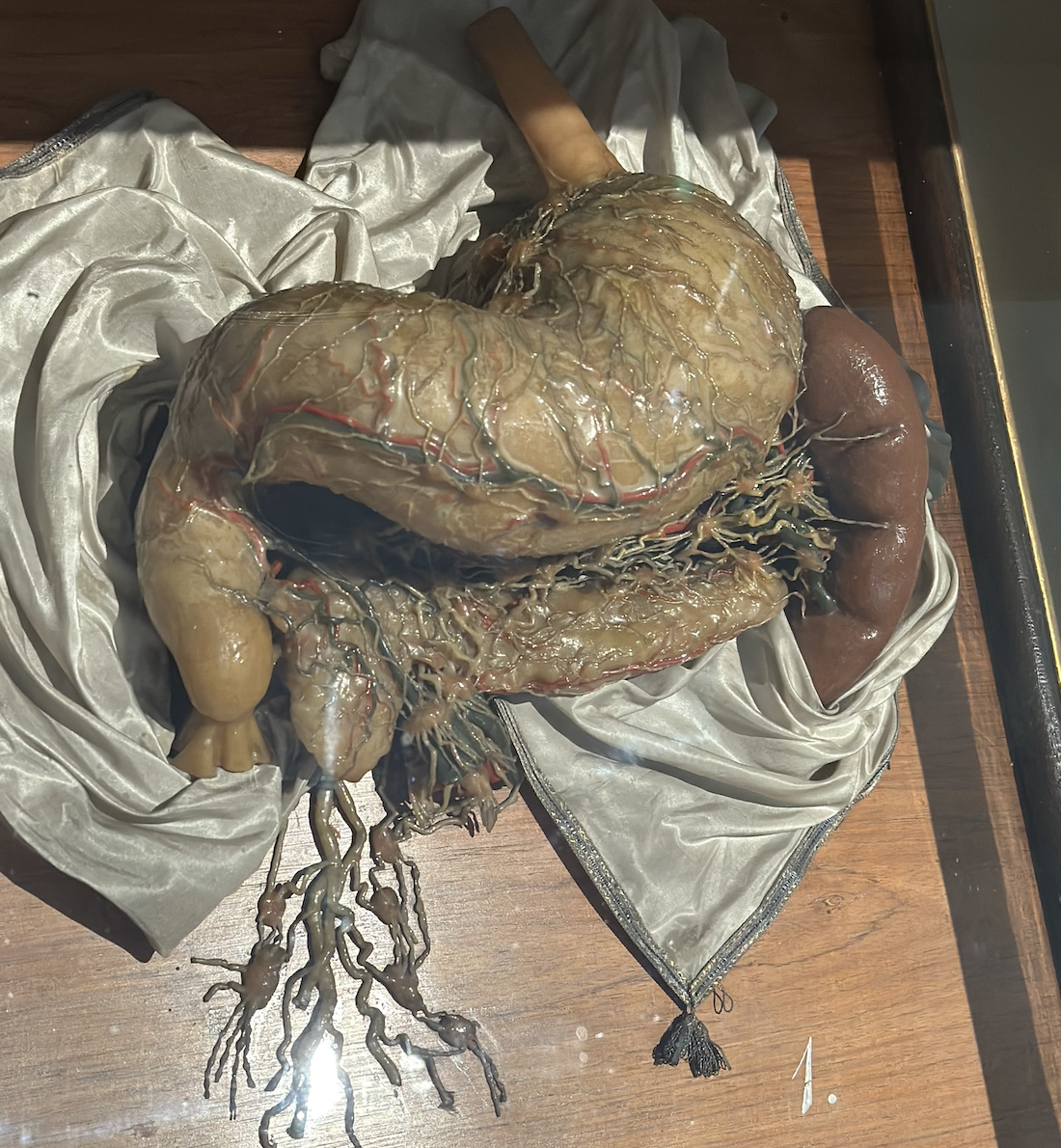
One of the 1.192 anatomical wax models commissioned by Joseph II according to the advices of Brambilla. Models were created by the sculptor Clemente Susini in Florence in 1781-1785 and delivered to Josephinum Academy.
His innovative approach to military surgical education became famous across Europe, and set a precedent that inspired the creation of similar institutions across Europe. Such notable examples are The Royal Surgical Academy (Det Kongelige Kirurgiske Akademi) established in 1787 in Copenhagen and the Pépinière, formally known as the Friedrich Wilhelm Institute (later integrated into the Charité), established in 1795 in Berlin to train military physicians for the Prussian army. The Russian Military Medical Academy in Saint Petersburg, today known as the Kirov Military Medical Academy was established in 1798 by Emperor Paul I, inspired in part by the advancements made in European military medical education, especially as the Josephinum in Vienna. Another later examples are École du Val-de-Grâce in Paris, founded in 1850 and the Royal Army Medical College in London, established in 1902, aimed to advance the education of military medical officers. While not directly modelled after the Josephinum, they shared the common goal of integrating rigorous medical training within a military framework.
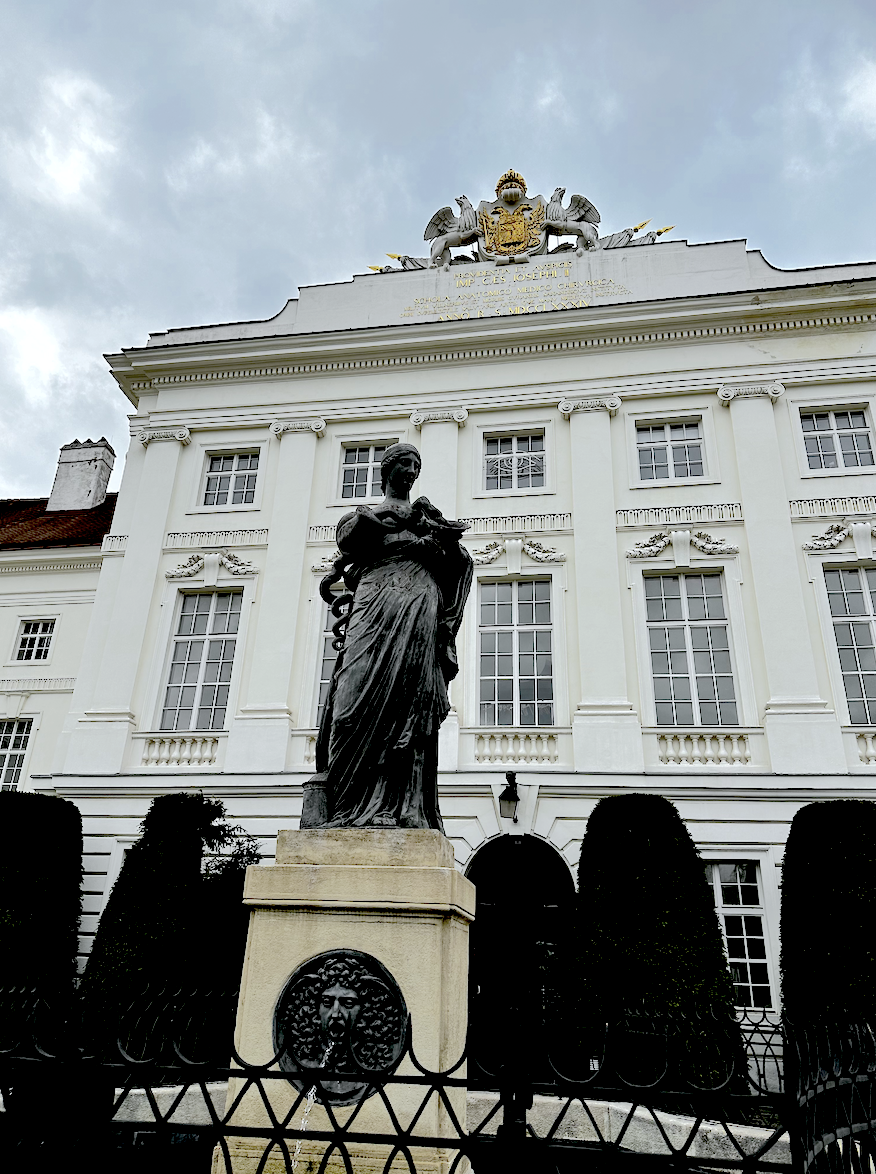
Josephinum, Medical-Surgical Academy in Vienna, established in 1785 by Emperor Joseph II. Brambilla was its creator and the first director. The bronze sculpture of Hygieia, Greek goddess of health stands in front of the main entrance.
Military Surgical Instruments
In order to improve surgical education, he authored the influential Instrumentarium chirurgicum militari Austriacum (first published in German in 1780 and later in Latin in 1782), a detailed manual featuring 67 plates of surgical instruments in their natural size (due to the huge size of the book printed in folio) and their uses in military settings. He also standardized surgical tools, making them widely accessible for training and practice.
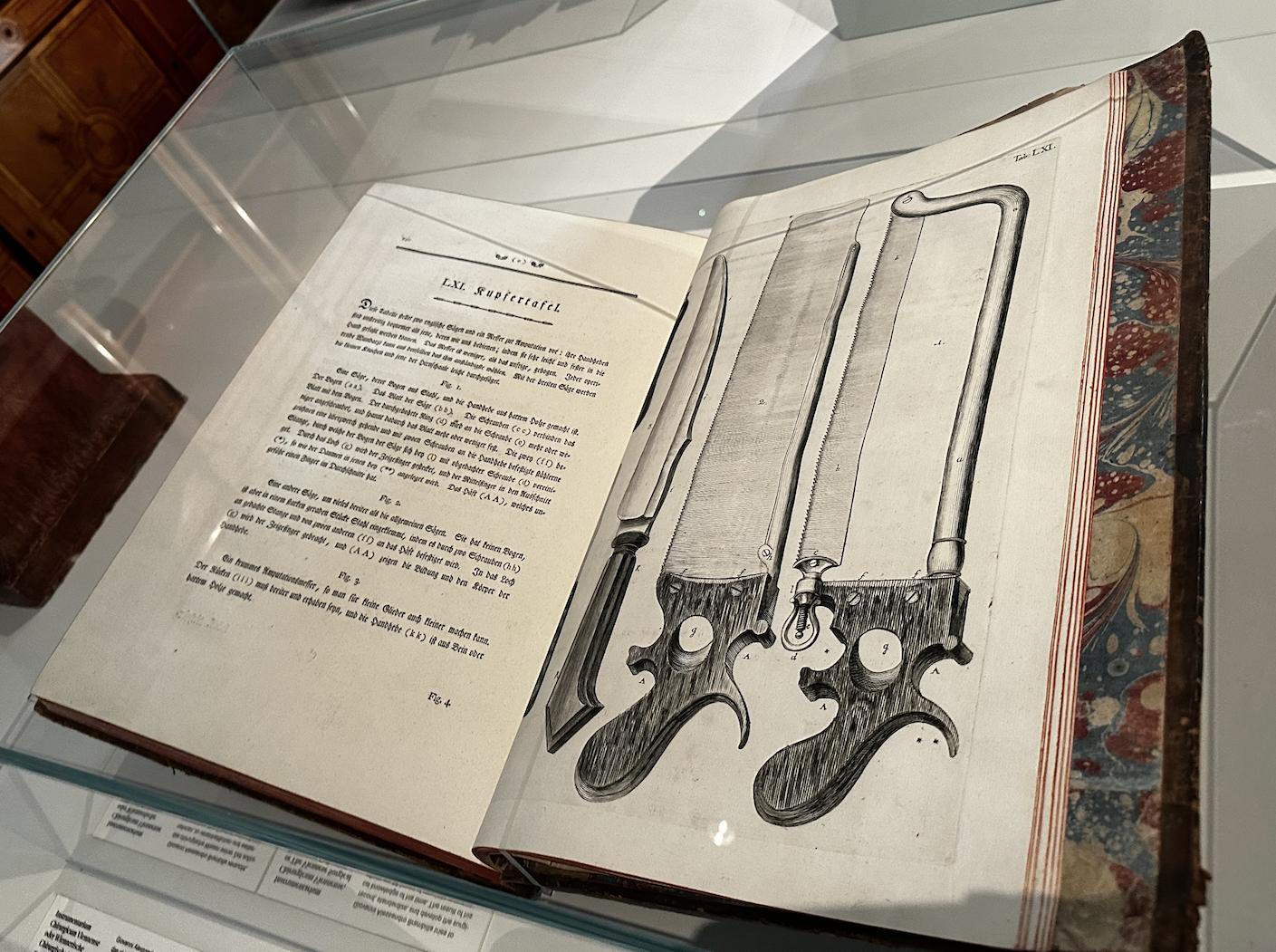
One of the illustrations of the Instrumentarium chirurgicum militari Austriacum (the first, German edition, 1780) as presented today in the Josephinum museum, Vienna
Moreover, Brambilla collaborated with the Viennese cutler Joseph Malliard to produce multiple sets of surgical instruments. Malliard was provided with designs based on the best French and English instruments, as well as illustrations from his own publication, Instrumentarium Chirurgicum. These meticulously crafted instruments were organized into specialized kits for various surgical procedures, including obstetrics, gynecology, and cranial operations. For instance, the obstetrical kit contained dilators, forceps, and specula, while the cranial surgery kit included trepanation tools and instruments for treating skull fractures. This collaboration not only standardized surgical tools across the Habsburg Monarchy but also significantly advanced the quality and effectiveness of medical treatments during that era. Today these sets are presented in the Josephinum museum and together with wax anatomical models form the important core of the museum exhibition.
Pavia University Reforms
The influence of the reforms of Maria Theresa of Austria and her son, Emperor Joseph II, also influenced the transformation of the University of Pavia. One of the oldest universities in the world (founded in 1361), the University of Pavia had been teaching medicine classically, relying mainly on past authorities such as Hippocrates and Galen, which by the time of the Enlightenment was seen not very innovative. Under the orders of Maria Theresa and Emperor Joseph II, and in close contact with Brambilla, a number of reforms were implemented, including the Piano di direzione, disciplina ed economia dell'università di Pavia, 1771 (Plan of administration, discipline and economy of the University of Pavia), Piano scientifico, 1773 (Scientific Plan), and Piano degli studi per la Facoltà Medica dell'Università di Pavia, 1785 (Plan of studies for the Faculty of Medicine of the University of Pavia). All these contributed to the further improvement of this university which became one of the world leading medical education institution. At Brambilla's suggestion, the chair of anatomy and surgery at the university was headed in 1783 by Antonio Scarpa, an outstanding Italian scientist (today we remember him in particular by the toponym Scarpa fascia).
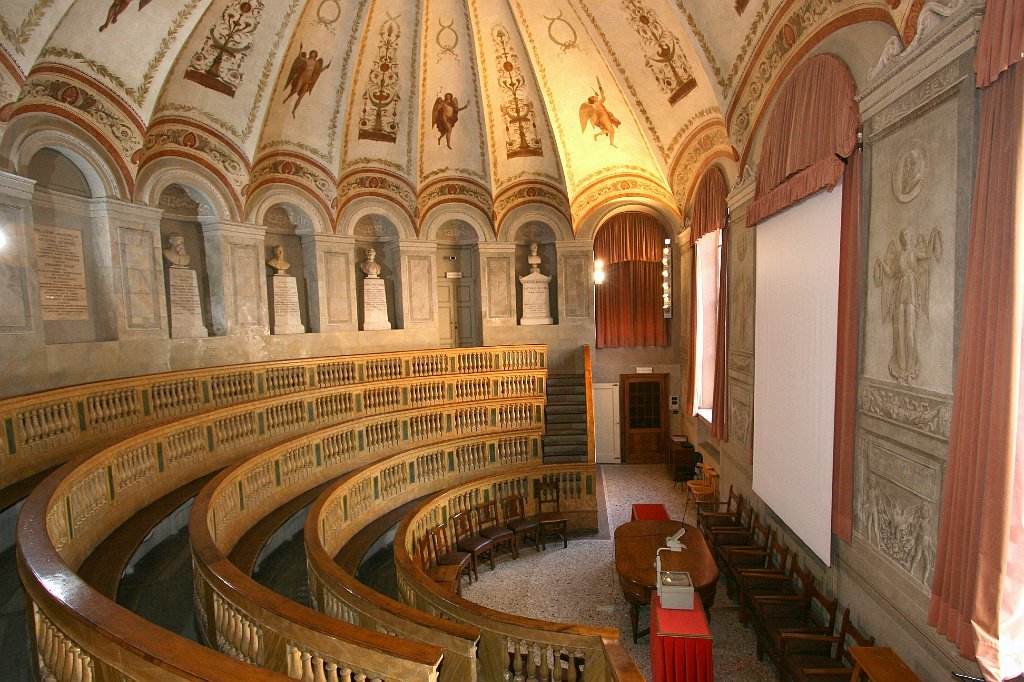
The Aula Scarpa in the University of Pavia. Built in 1785 the hall was designed for anatomy lectures with dissections of cadavers, for which a table in the center was used. One of the busts in the niches belongs to Brambilla. Credit: wikipedia.com
Last years
In 1784, Emperor Joseph II granted Brambilla noble titles in recognition of his contributions. However, the emperor’s death in 1790 marked the decline of Brambilla's influence. Retiring to his estates in Carpiano and later to Pavia, Brambilla continued to write and contribute to medical knowledge. Escaping Napoleon's troops after Marengo battle he fled to Vienna and during this involuntary journey due to urinary infection he developed purulent inflammation of the bladder, leading to peritonitis, from which he died in Padua in 1800. of peritonitis in 1800 in Padua.
Notable Works
Brambilla authored numerous influential texts, including:
- Instrumentarium chirurgicum militari Austriacum (Vienna, 1780 in German and 1782 in Latin languages)
- History of Medical and Anatomical Discoveries by Outstanding Italians (1780–1782)
- Treatise on Lower Limb Ulcers (1793)
- Numerous Status, Directives, etc. – Brambilla’s dedication to surgical reform and education transformed military medicine, elevating the status of surgery as a discipline.
